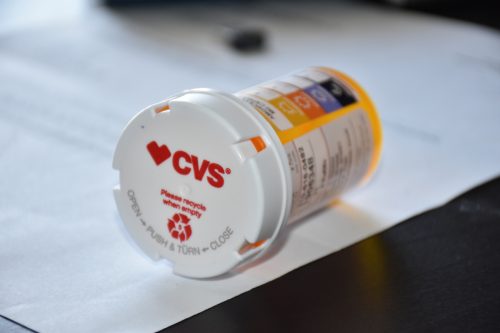The Supreme Court just let a Trump judge seize control of ICE, at least for now
https://www.vox.com/2022/7/21/23273467/supreme-court-ice-texas-united-states-biden-mayorkas
Apparently President Biden isn’t in charge of the executive branch anymore.
On Thursday evening, the Supreme Court handed down a brief, 5-4 decision that effectively places Drew Tipton, a Trump-appointed federal trial judge in Texas, in charge of many of Immigration and Customs Enforcement’s (ICE) decisions about which immigrants to target.
The decision was largely along party lines, except that Justice Amy Coney Barrett joined the Court’s three Democratic appointees.
The decision in United States v. Texas is temporary, but the upshot of this decision is that Tipton will effectively wield much of Homeland Security Secretary Alejandro Mayorkas’s authority over how ICE officers prioritize their time for as much as an entire year — and that’s assuming that the Biden administration ultimately prevails when the Court reconsiders this case next winter.
At issue in this case is a perfectly standard decision Mayorkas made last September. Federal law provides that the secretary of homeland security “shall be responsible” for “establishing national immigration enforcement policies and priorities.” Pursuant to this authority, Mayorkas issued a memo to ICE’s acting director, informing him that the agency should prioritize enforcement efforts against undocumented or otherwise removable immigrants who “pose a threat to national security, public safety, and border security and thus threaten America’s well-being.”
Then-secretaries of homeland security issued similar memos setting enforcement priorities in 2000, 2005, 2010, 2011, 2014, and 2017.
Not long after Mayorkas handed down his memo, however, the Republican attorneys general of Texas and Louisiana went to Tipton, a Trump judge with a history of handing down legally dubious decisions halting Biden administration immigration policies, asking Tipton to invalidate Mayorkas’s memo. Tipton obliged, and an especially conservative panel of the United States Court of Appeals for the Fifth Circuit allowed Tipton’s order to remain in effect.
DOJ asked the Supreme Court to stay Tipton’s decision, temporarily restoring an elected administration’s control over federal law enforcement while this case proceeds. But the Court just refused. And it did so without explanation.
Additionally, the Court’s order announces that the justices will hear this case in December, after which it will decide whether Tipton’s decision should be permanently vacated.
This is not a close case, at least under existing law. Not only is there a federal statute that explicitly gives Mayorkas, and not Tipton, the power to establish “national immigration enforcement policies and priorities,” but Tipton’s order is also inconsistent with a legal doctrine known as “prosecutorial discretion.” That doctrine gives the executive branch discretionary authority to determine when to bring enforcement actions against individuals who allegedly violated the law.
The Supreme Court has instructed judges like Tipton to be very reluctant to second-guess these kinds of discretionary judgments by law enforcement agencies. As the Court held in Heckler v. Chaney (1985), “an agency’s decision not to take enforcement action should be presumed immune from judicial review.”
This presumption is especially strong in the immigration context. The Court has said that “a principal feature of the removal system is the broad discretion exercised by immigration officials.” Even after an enforcement agency decides to bring a removal proceeding against a particular immigrant, the Court explained in Reno v. American-Arab Anti-Discrimination Committee (1999), it “has discretion to abandon the endeavor.” And it may do so for any number of reasons, including “humanitarian reasons or simply for its own convenience.”
It is still possible that, after the Court hears this case in December, a majority of the Court will vote to vacate Tipton’s order and restore Mayorkas’s lawful authority. But even if that happens, that still means that Tipton will be allowed to exercise unlawful control of a federal law enforcement agency for months.
It won’t be the first time this happened, either. Last year, a Trump judge named Matthew Kacsmaryk handed down a similar order requiring the Biden administration to reinstate a Trump-era immigration policy known as “Remain in Mexico.” Though the Court eventually ruled against Kacsmaryk, it allowed his order to remain in effect for 10 months, leaving Remain in Mexico in place for that entire time.
And even after the Court ruled against Kacsmaryk, it sent the case back down to him with several legal issues unresolved — permitting Kacsmaryk to seize control of much of the nation’s border policy again, if he chooses.
Now, the best-case scenario for Mayorkas — and for the rule of law in the United States — is that the Supreme Court will treat Tipton’s order much like it treated Kacsmaryk’s, permitting an unlawful seizure of the Biden administration’s authority to remain in effect for only months, instead of permanently.
Like this:
Like Loading...
Filed under: General Problems | 1 Comment »































